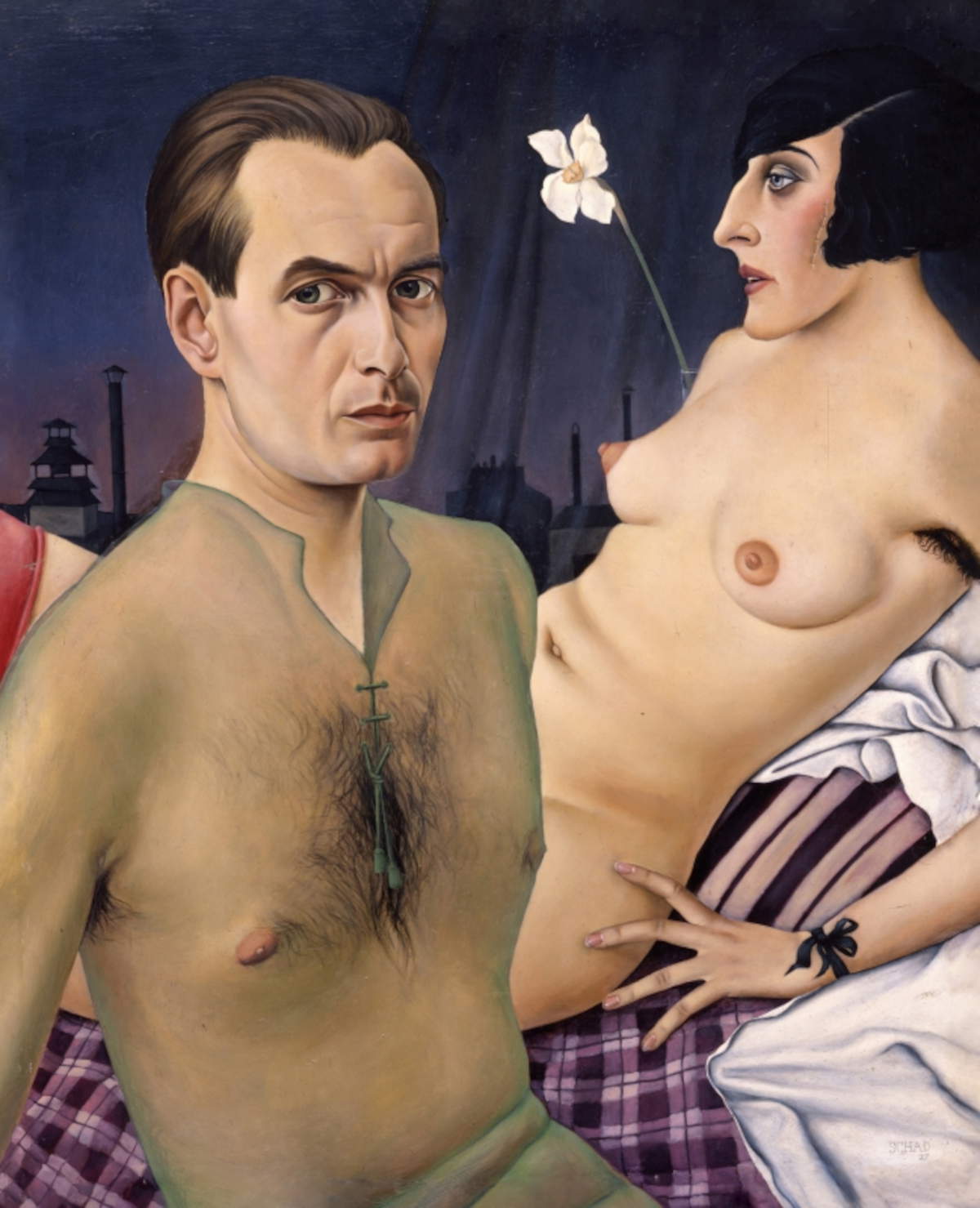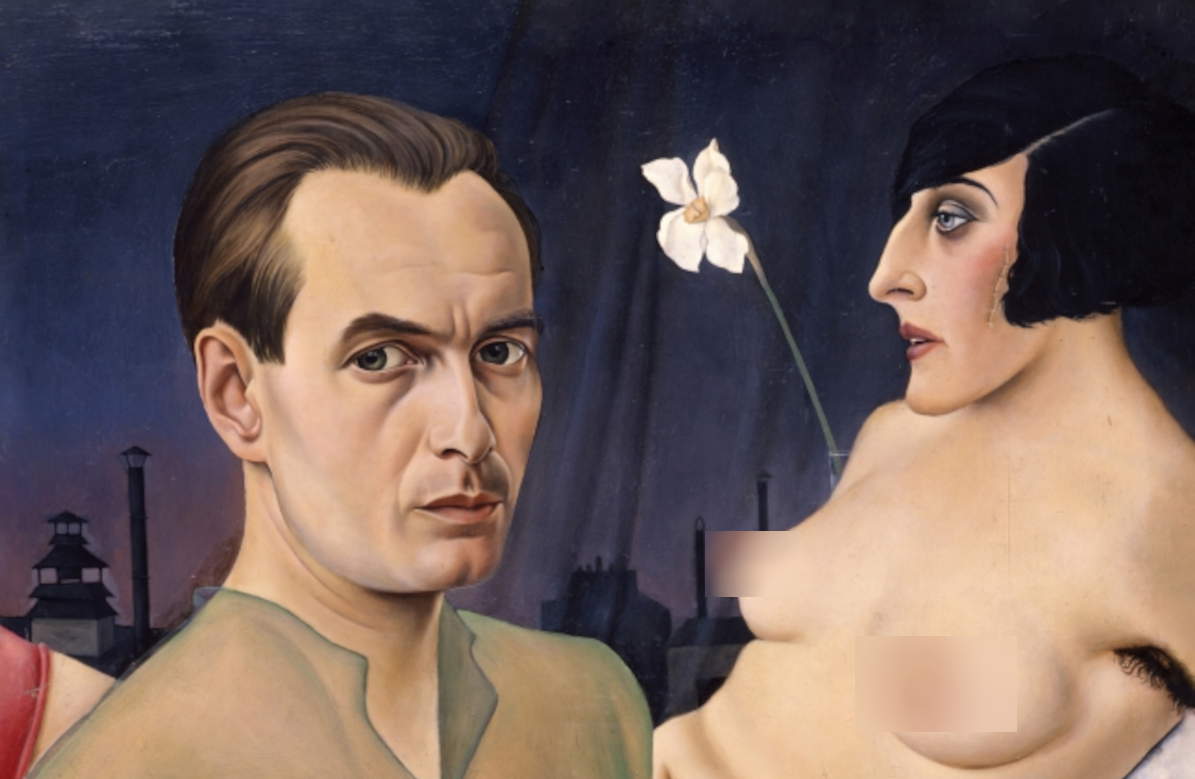Vienna, at the Leopold Museum the first comprehensive exhibition on the German New Objectivity in Austria
Through September 29, 2024, the Leopold Museum in Vienna is hosting the first comprehensive exhibition on German New Objectivity in Austria: Splendor and Misery. New Objectivity in Germany. The exhibition that focuses onGerman art of the 1920s and 1930s displays about 150 works from international museums and private collections, including about 100 paintings, about 40 works on paper, as well as photographs and archival material.
The New Objectivity art movement originates from the exhibition organized in 1925 by Gustav Friedrich Hartlaub at the Städtische Kunsthalle in Mannheim, entitled Die Neue Sachlichkeit. Deutsche Malerei seit dem Expressionismus[New Objectivity. German Painting since Expressionism]. This new movement offered a sharp contrast to the introspective style ofExpressionism that dominated art before World War I.
“The traumatic experiences of World War I required completely new representations of reality in art,” explains Hans-Peter Wipplinger, director of the Leopold Museum and curator of the exhibition. “The resignation, accusations and indescribable difficulties that characterized this period on the one hand, and the hope, emancipation and emerging enthusiasm for life of the ’Golden Twenties’ on the other, had to be expressed in a new kind of art: art that was unsentimental, sober, concrete and purist; in short, art that was objective and realistic.”
The artists of the New Objectivity, including Max Beckmann, Otto Dix, Carl Grossberg, George Grosz, Karl Hofer, Karl Hubbuch, Grethe Jürgens, Alexander Kanoldt, Lotte Laserstein, Jeanne Mammen, Felix Nussbaum, Gerta Overbeck, Christian Schad, Rudolf Schlichter, Georg Schrimpf and many others, observed the events of their time with a sober perspective, depicting what they saw in a direct and unemotional way. To process the terrible experiences of the war and its devastating consequences, they found inspiration in the streets of the metropolis, urban entertainment venues, the new lifestyles of modern, self-confident women, and the radical changes brought about by rapid technological advances.
When the National Socialists took power in 1933, this artistic approach was brutally interrupted. Following National Socialist art policy, avant-garde art was systematically vilified as “degenerate,” with works seized or destroyed. Artists deemed politically suspect suffered searches of their apartments and studios, were excluded from associations and faced exhibition bans. Professors such as Otto Dix and Christian Schad were dismissed from their academic positions. In response to these persecutions, many artists fled abroad, retreated into a kind of internal emigration or conformed to the regime in order to survive.
Within the New Objectivity, there were two different directions: a politically oriented left wing, characterized by a verism critical of society, and a right wing, shaped by classicist and neo-romantic tendencies.
“In the beginning, New Objectivity art was shaped by progressive artists from the political left who translated their pacifist ideas into their art, capturing an image of humanity that provided eloquent testimony to the tensions of the time. They denounced the double standards of society prevalent especially in modern cities and made them visible in sometimes drastic representations,” says the curator. “Their field of artistic inquiry was the public sphere: the streets and squares, inns and brothels, factories and backyards. With caustic polemics, they criticized the debauchery of the bourgeoisie and the capitalists who they believed exploited the population and profited from war.”
Divided into thirteen thematic sections, the exhibition focuses on all the facets that characterized the New Objectivity and its artists who socio-critically, sarcastically and ruthlessly voyeuristic explored both the glamorous and dark sides of the nightlife of the time.
The exhibition is accompanied by a catalog in German and English, edited by Hans-Peter Wipplinger, with essays by Daniela Gregori, Rainer Metzger, Aline Marion Steinwender, Hans-Peter Wipplinger and Thomas Zaunschirm, and an overview of culture, politics and society in the Weimar Republic from 1918 to 1933.
For info: www.leopoldmuseum.org

 |
| Vienna, at the Leopold Museum the first comprehensive exhibition on the German New Objectivity in Austria |
Warning: the translation into English of the original Italian article was created using automatic tools. We undertake to review all articles, but we do not guarantee the total absence of inaccuracies in the translation due to the program. You can find the original by clicking on the ITA button. If you find any mistake,please contact us.




























